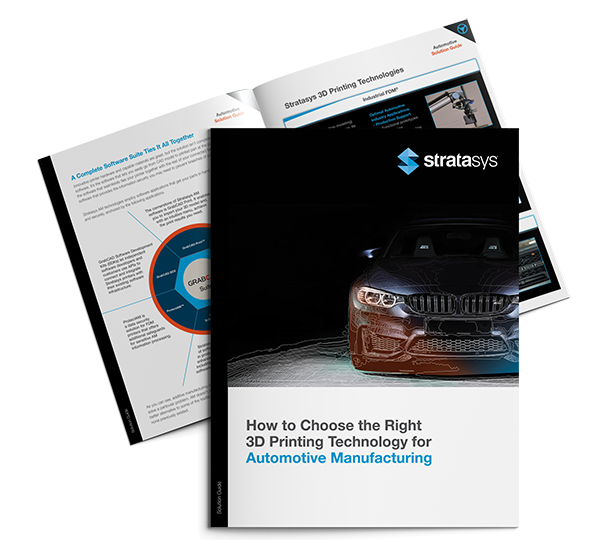How 3D Printers Changed the Automotive Manufacturing Industry
06.06.2023-
Faster Prototyping
Producing a single prototype using conventional prototyping techniques like machining or injection molding might take weeks or even months. On the other hand, FDM industrial 3D printers provide quick prototyping in hours.
Faster output enables quicker testing, iteration, and alterations to the designs of auto parts, ultimately resulting in the production of more productive and efficient products.
In fact, Stratasys is the industry leader in FDM rapid prototyping.
-
Part Customization
By using 3D printers like programmable photopolymerization (P3) and selective absorption fusion (SAF), extremely specialized parts can be produced. Paired with a variety of material choices to satisfy different production needs and specifications reaching unique requirements and preferences of every consumer.
With typical manufacturing techniques, which rely on standardized, mass-produced parts, these levels of personalization are not feasible. Outsourcing typically requires time, money, and established procedures.
-
Lightweight Materials
Automobile parts can now be produced using 3D printers and lightweight materials like composite or plastic. This can reduce emissions, increase fuel efficiency, and significantly lighten the weight of cars.
10Stratasys
Legacy prototyping methods, such as machining or injection molding are EXPENSIVE and soak up too much time to produce a single prototype for #automotive manufacturers. Read how #additivemanufacturing has helped solve this problem!
By using the right #additivemanufacturing technology, #automotive manufacturers are empowered
to go beyond traditional boundaries of automotive design and can produce new innovative
vehicles.
-
Improved Design
Ability to design organic structures that are challenging or impossible to construct using conventional techniques. enabling engineers and designers to push the limits of automobile design and produce new, cutting-edge vehicles.
-
Lower inventories
By enabling on-demand fabrication of vehicle components with 3D printing, vast spare parts stocks are no longer necessary. This can help producers save time and money while lowering the possibility of stockouts or having too much inventory.
-
Sustainability
As material is only added when necessary to make the desired shape, 3D printers generate very little waste. Traditional production techniques, such machining, on the other hand, sometimes lead to considerable amounts of material waste. Automotive manufacturing may become more environmentally friendly and sustainable by using 3D printing. With this method, less waste and energy are used during production.
The automotive industry is moving towards sustainability, and additive manufacturing is playing a significant role in achieving this goal. By adopting additive manufacturing, automotive manufacturers can reduce their carbon footprint, use eco-friendly materials, and produce parts in-house, leading to significant savings in time, money, and resources.
Additive manufacturing is a sustainable solution that can help the automotive industry reduce its impact on the environment and move towards a more sustainable future.
Case study
Feedback
Customer Feedback Form
Register for Our Newsletter



